Home>Furniture & Design>Bedroom Furniture>What Is Visco Memory Foam
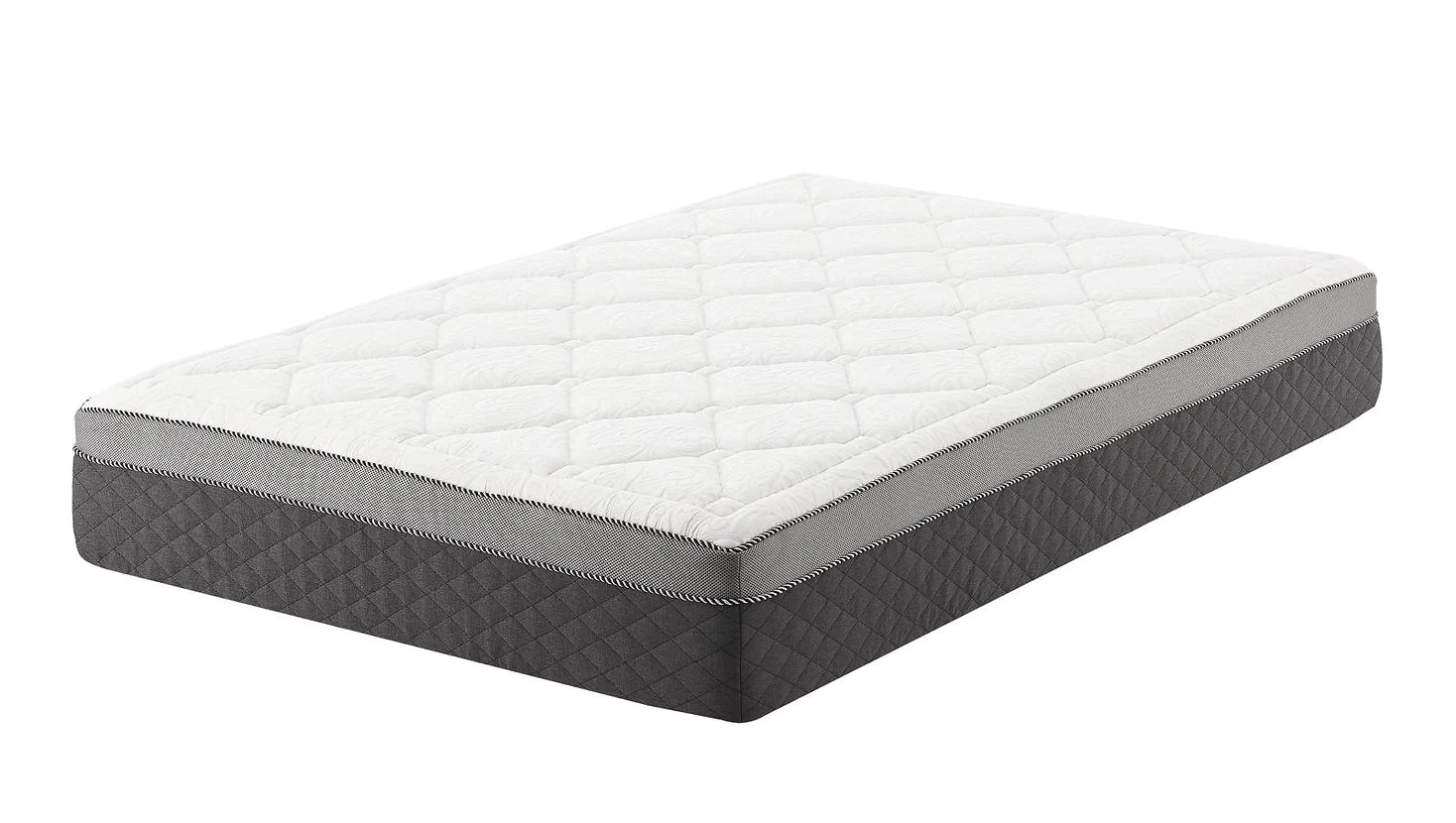

Bedroom Furniture
What Is Visco Memory Foam
Modified: March 7, 2024
Discover the benefits of visco memory foam in bedroom furniture design. Learn how this material can enhance your sleep and comfort. Explore our collection now!
(Many of the links in this article redirect to a specific reviewed product. Your purchase of these products through affiliate links helps to generate commission for Storables.com, at no extra cost. Learn more)
**
Introduction
**
Welcome to the world of bedroom furniture and design! In the quest for the perfect night's sleep, many have turned to innovative materials to enhance their comfort. One such material that has revolutionized the way we think about mattresses and pillows is visco memory foam. In this article, we will delve into the fascinating world of visco memory foam, exploring its definition, history, functionality, benefits, drawbacks, and common uses. By the end of this journey, you will have a comprehensive understanding of this remarkable material and its impact on the bedroom furniture and design industry. So, let's embark on this exploration of visco memory foam and uncover the secrets behind its allure and widespread popularity.
Key Takeaways:
- Visco memory foam, developed by NASA, contours to the body, relieves pressure points, and minimizes motion transfer, making it a popular choice for comfortable mattresses, pillows, and seating.
- While visco memory foam offers personalized support and durability, it may retain heat and have an initial odor. Its diverse uses include mattresses, pillows, seat cushions, and even pet beds.
Read more: What Is Memory Foam?
Definition of Visco Memory Foam
Visco memory foam, also known as memory foam or viscoelastic foam, is a type of high-density polyurethane foam that reacts to body heat, conforming to the shape of the body and evenly distributing weight. This unique material was originally developed by NASA in the 1970s to improve the safety and comfort of aircraft cushions. Over time, memory foam has found its way into various applications, including mattresses, pillows, seat cushions, and medical equipment.
What sets visco memory foam apart from traditional foam is its ability to contour to the body, providing personalized support and pressure relief. When pressure is applied, the foam softens in response to body heat, molding to the body’s shape and returning to its original form once the pressure is removed. This characteristic makes memory foam an ideal choice for individuals seeking enhanced comfort and support during sleep or extended periods of sitting.
The viscoelastic properties of memory foam distinguish it from other bedding materials, offering a unique combination of softness and support. Its ability to minimize pressure points and motion transfer has contributed to its widespread adoption in the mattress industry, garnering a reputation for promoting restful sleep and alleviating discomfort associated with traditional spring mattresses.
Furthermore, memory foam is available in various densities, ranging from low to high, allowing consumers to select a firmness level that aligns with their preferences and sleep needs. Its adaptability and responsiveness to body temperature make it a versatile and sought-after material in the realm of bedroom furniture and design.
History of Visco Memory Foam
The inception of visco memory foam traces back to the 1960s when NASA’s Ames Research Center commenced research to develop materials with enhanced cushioning and crash protection for aircraft seats. This initiative led to the creation of a temperature-sensitive, energy-absorbing material known as memory foam. Initially referred to as “slow spring back foam,” it was designed to improve seat cushioning and enhance impact resistance in the event of an accident.
By the 1980s, memory foam technology began to transcend its aerospace origins and entered the realm of commercial applications. Its potential for revolutionizing the sleep industry was realized, prompting the development of memory foam mattresses and pillows for consumer use. The unique ability of memory foam to contour to the body’s shape and alleviate pressure points garnered significant attention, leading to its widespread adoption in the bedding and furniture market.
Over the years, advancements in manufacturing processes have refined the quality and durability of memory foam, making it a staple in the production of high-performance mattresses, pillows, and seating products. This material has evolved from its initial purpose in space exploration to become a cornerstone of modern sleep technology, catering to individuals seeking optimal comfort and support.
As the demand for ergonomic and restorative sleep solutions continues to grow, the history of visco memory foam serves as a testament to its enduring relevance and impact on the bedroom furniture and design industry. Its journey from a NASA innovation to a household essential underscores the profound influence of scientific research and innovation on everyday comfort and well-being.
How Visco Memory Foam Works
Visco memory foam operates on the principle of heat and pressure responsiveness, offering a unique blend of support and comfort. When exposed to body heat, the foam softens, allowing it to conform to the body’s contours. This characteristic makes memory foam an ideal material for mattresses, pillows, and seating, as it molds to the sleeper’s or user’s shape, creating a custom fit that promotes proper spinal alignment and minimizes pressure points.
One of the defining features of visco memory foam is its ability to distribute weight evenly, reducing strain on specific areas of the body. This can alleviate discomfort and enhance relaxation during sleep, making it particularly beneficial for individuals with joint pain or muscle tension. Furthermore, the foam’s capacity to absorb movement and minimize motion transfer contributes to undisturbed sleep, as it isolates the effects of movement, such as tossing and turning, from spreading across the mattress surface.
The open-cell structure of memory foam facilitates air circulation, helping to regulate temperature and prevent overheating during sleep. This breathability enhances overall comfort and ensures a more restful sleep experience. Additionally, the resilience of memory foam allows it to return to its original shape once pressure is relieved, ensuring long-lasting support and durability.
When used in pillows and seat cushions, visco memory foam adapts to the user’s posture, providing tailored support and reducing the risk of discomfort or strain. Whether it’s in the form of a mattress, pillow, or seat cushion, the responsive nature of memory foam contributes to enhanced comfort and a more ergonomic seating or sleeping experience.
Overall, the functionality of visco memory foam revolves around its adaptive and supportive properties, making it a versatile and sought-after material in the realm of bedroom furniture and design. Its ability to conform to the body, alleviate pressure points, and promote undisturbed rest underscores its significance in enhancing comfort and well-being.
When looking for visco memory foam products, make sure to check the density and thickness. Higher density and thickness usually indicate better quality and support.
Benefits of Visco Memory Foam
Visco memory foam offers an array of benefits that cater to individuals seeking enhanced comfort, support, and quality sleep. These advantages have solidified its position as a popular choice in the realm of bedroom furniture and design, with applications ranging from mattresses and pillows to seating and therapeutic equipment.
- Pressure Relief: One of the primary benefits of visco memory foam is its exceptional ability to alleviate pressure points by contouring to the body’s shape. This feature promotes proper spinal alignment and reduces discomfort, making it an ideal choice for individuals with chronic pain or those seeking relief from muscle tension.
- Customized Support: The personalized support provided by memory foam contributes to a more restful and ergonomic sleep experience. By conforming to the body, it adapts to the sleeper’s unique contours, ensuring optimal comfort and minimizing the risk of stiffness or aches upon waking.
- Minimized Motion Transfer: Memory foam’s capacity to absorb movement and isolate its effects minimizes disturbance from partner movement during sleep. This feature promotes uninterrupted rest, making it an excellent choice for couples or individuals sensitive to disruptions during the night.
- Durability: High-quality visco memory foam exhibits resilience and longevity, maintaining its supportive properties over time. This durability ensures that the material retains its shape and performance, offering sustained comfort and reliable support throughout its lifespan.
- Temperature Regulation: The open-cell structure of memory foam enhances breathability, allowing for improved air circulation and heat dissipation. This helps regulate body temperature during sleep, preventing overheating and contributing to a more comfortable and undisturbed rest.
- Allergy-Friendly: Many visco memory foam products are hypoallergenic and resistant to dust mites, making them a suitable choice for individuals with allergies or sensitivities. This feature promotes a healthier sleep environment and reduces the risk of allergic reactions.
These benefits collectively position visco memory foam as a versatile and sought-after material, offering a comprehensive solution for individuals seeking enhanced comfort, support, and restorative sleep. Its adaptability, pressure-relieving properties, and long-term durability make it a valuable asset in the realm of bedroom furniture and design, catering to a diverse range of sleep preferences and wellness needs.
Read more: What Is Memory Foam Pillows
Drawbacks of Visco Memory Foam
While visco memory foam offers numerous benefits, it is important to consider potential drawbacks associated with this material. Understanding these limitations can help individuals make informed decisions when selecting bedding and seating products, ensuring that they align with their specific comfort and support requirements.
- Heat Retention: One common concern with visco memory foam is its tendency to retain body heat. The material’s heat-sensitive nature, while beneficial for conforming to the body’s contours, can lead to a feeling of warmth that may be uncomfortable for some individuals, particularly those prone to overheating during sleep.
- Initial Odor: New memory foam products often emit a distinct odor, commonly referred to as off-gassing, due to the release of volatile organic compounds (VOCs). While this odor typically dissipates over time, it can be off-putting for some individuals, especially those with heightened sensitivity to smells.
- Firmness: The firmness of memory foam, particularly in higher density variations, may not be suitable for individuals who prefer a more responsive or springy feel in their mattresses or pillows. Some users may find memory foam to be too constricting or lacking in the bounce typically associated with traditional mattresses.
- Break-In Period: Visco memory foam products may require an adjustment or break-in period as the material conforms to the user’s body shape and sleeping habits. During this period, some individuals may experience discomfort or a sensation of sinking into the mattress until the foam fully adapts to their unique contours.
- Weight Sensitivity: The responsiveness of memory foam to body heat and weight means that it may feel different for individuals of varying body types and sleeping positions. While some users appreciate the customized support, others may find the foam’s contouring effect to be less accommodating to their specific sleep preferences.
It is essential to recognize that the drawbacks of visco memory foam are subjective and may vary based on individual preferences, sensitivities, and sleep habits. By weighing these considerations against the material’s benefits, consumers can make informed choices that align with their comfort needs and contribute to a satisfactory sleep experience.
Common Uses of Visco Memory Foam
Visco memory foam’s versatile properties have led to its widespread incorporation into various products designed to enhance comfort, support, and overall well-being. Its adaptability and ability to conform to the body’s contours make it a sought-after material in the realm of bedroom furniture and design, catering to a diverse range of sleep and seating needs.
Mattresses:
One of the most prevalent applications of visco memory foam is in mattresses. Memory foam mattresses offer personalized support and pressure relief, promoting restful sleep and minimizing discomfort. The foam’s contouring properties make it an ideal choice for individuals seeking relief from back pain, joint issues, or general sleep-related discomfort.
Pillows:
Memory foam pillows are designed to conform to the user’s head and neck, providing customized support and alignment. These pillows offer pressure relief and can help alleviate neck pain and stiffness, catering to individuals with specific sleep preferences and orthopedic needs.
Seat Cushions:
Visco memory foam seat cushions are utilized in various settings, including office chairs, car seats, and wheelchair cushions. The foam’s ability to adapt to the user’s posture and distribute weight evenly contributes to improved comfort and reduced pressure on the lower back and hips during prolonged sitting.
Mattress Toppers:
Memory foam mattress toppers are added to conventional mattresses to enhance comfort and support. They provide an additional layer of cushioning, contouring to the body’s shape and minimizing pressure points, thereby improving the overall sleep surface.
Medical and Therapeutic Equipment:
Memory foam is incorporated into medical equipment such as hospital bed mattresses, wheelchair cushions, and orthopedic supports. Its pressure-relieving properties make it beneficial for individuals with limited mobility or those recovering from injuries, providing comfort and reducing the risk of pressure ulcers.
Pet Beds:
Visco memory foam has extended its benefits to pet care, with the creation of memory foam pet beds. These beds offer orthopedic support for pets, particularly senior animals or those with joint issues, promoting better sleep and relieving discomfort associated with traditional pet beds.
The diverse applications of visco memory foam underscore its adaptability and appeal across a spectrum of comfort and support needs. Whether in the form of mattresses, pillows, seat cushions, or therapeutic equipment, memory foam continues to play a pivotal role in enhancing the sleep and seating experiences of individuals seeking personalized support and restorative comfort.
Conclusion
The evolution and widespread adoption of visco memory foam have revolutionized the landscape of bedroom furniture and design, offering a compelling blend of comfort, support, and adaptability. From its origins in aerospace technology to its integration into everyday sleep and seating solutions, memory foam has left an indelible mark on the pursuit of restful sleep and ergonomic support.
As consumers seek personalized comfort and relief from the strains of modern living, visco memory foam has emerged as a versatile and sought-after material, catering to a diverse array of sleep and seating needs. Its ability to contour to the body, alleviate pressure points, and minimize motion transfer has positioned it as a cornerstone of modern sleep technology, with applications ranging from mattresses and pillows to therapeutic equipment and pet beds.
While the material offers numerous benefits, it is essential to acknowledge potential drawbacks such as heat retention and firmness, ensuring that consumers make informed choices aligned with their comfort preferences and wellness needs. By weighing these considerations against the material’s advantages, individuals can make selections that contribute to a satisfactory sleep experience and overall well-being.
As the quest for enhanced comfort and support continues to shape the bedroom furniture and design industry, visco memory foam stands as a testament to the enduring impact of innovation and scientific research on everyday comfort and well-being. Its adaptability, pressure-relieving properties, and long-term durability make it a valuable asset, offering a comprehensive solution for individuals seeking restorative sleep and personalized support.
In conclusion, the journey through the realm of visco memory foam has unveiled its profound influence on the way we approach sleep and seating solutions, underscoring its significance as a pivotal component of modern comfort and wellness.
Frequently Asked Questions about What Is Visco Memory Foam
Was this page helpful?
At Storables.com, we guarantee accurate and reliable information. Our content, validated by Expert Board Contributors, is crafted following stringent Editorial Policies. We're committed to providing you with well-researched, expert-backed insights for all your informational needs.
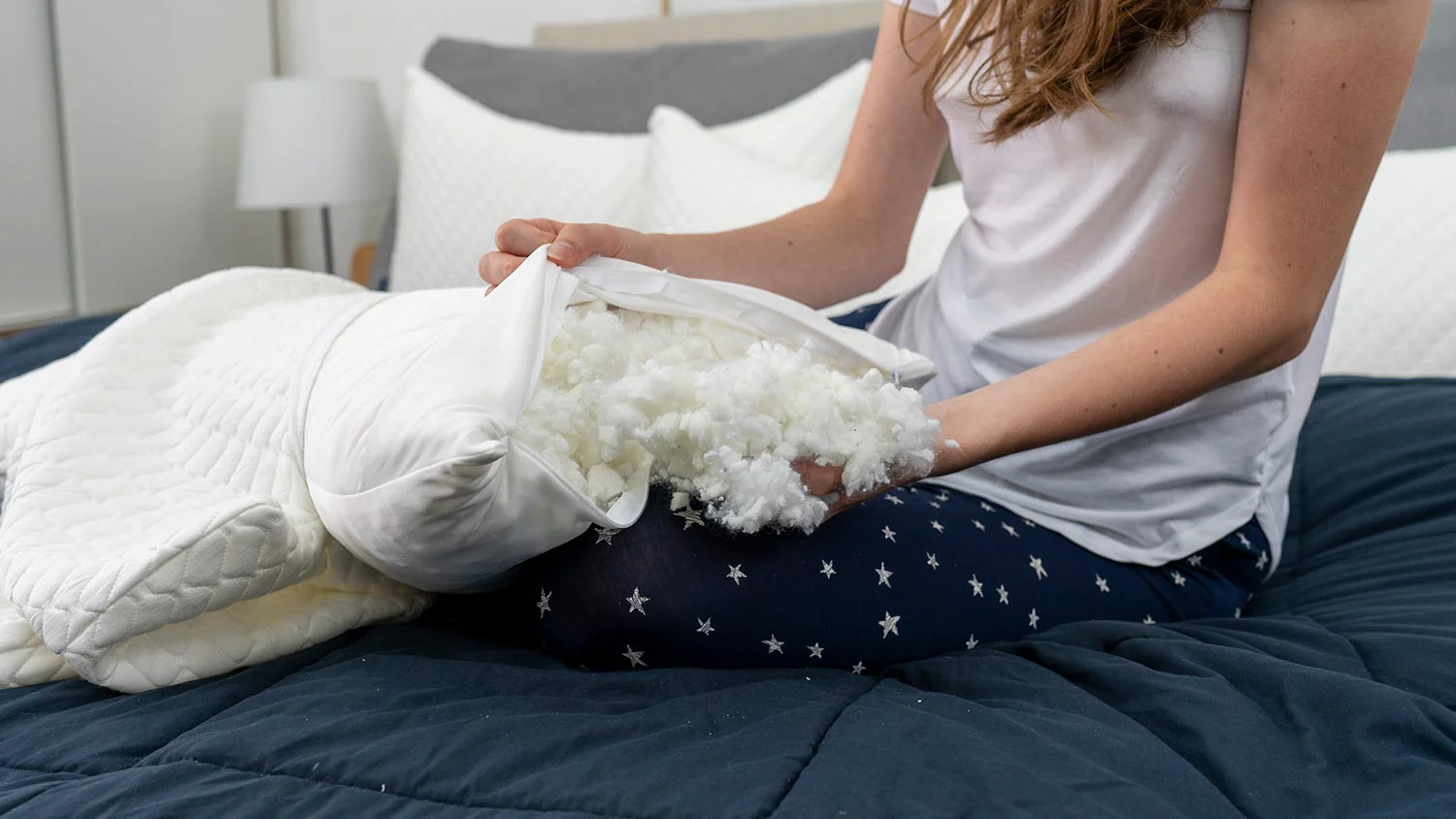
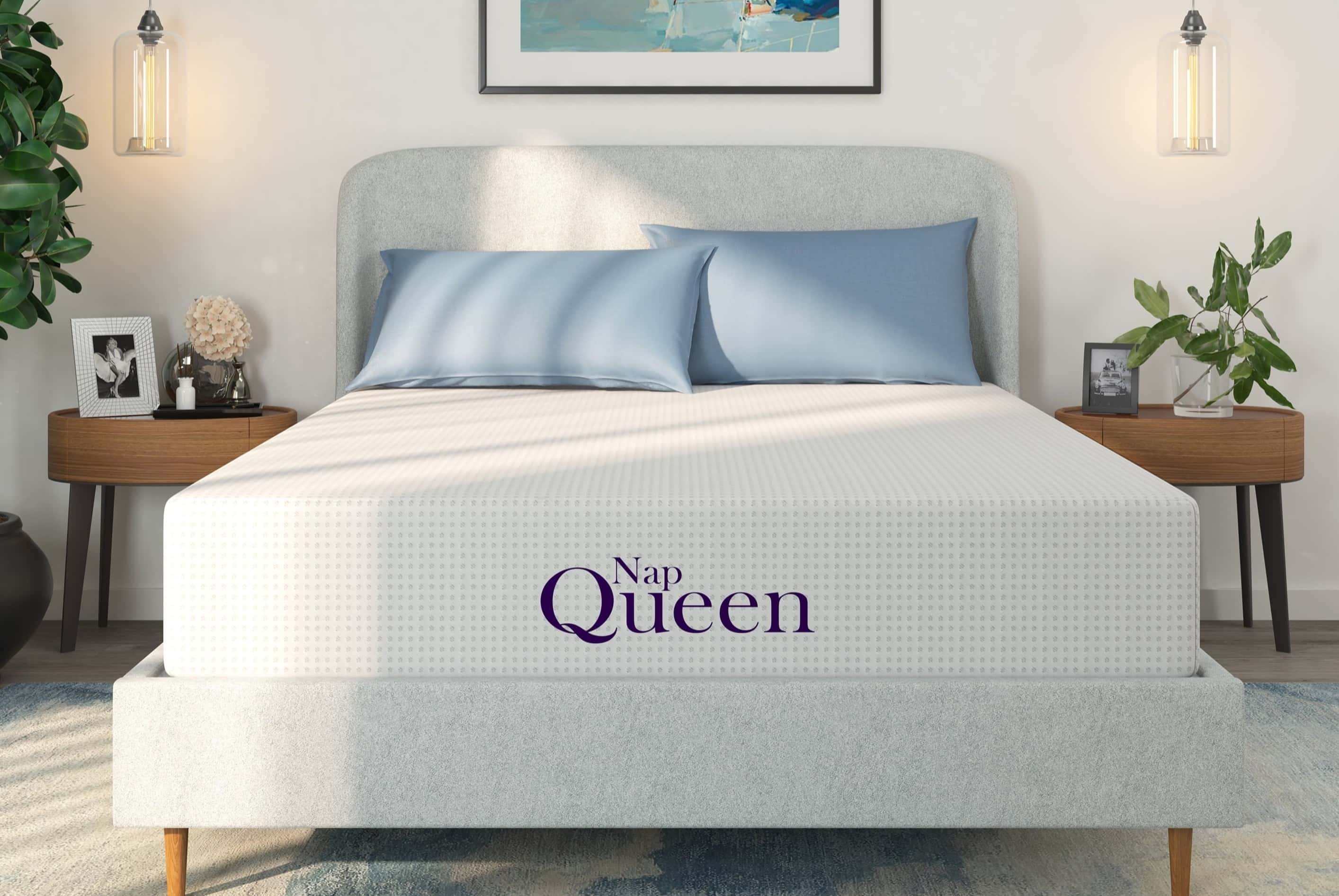
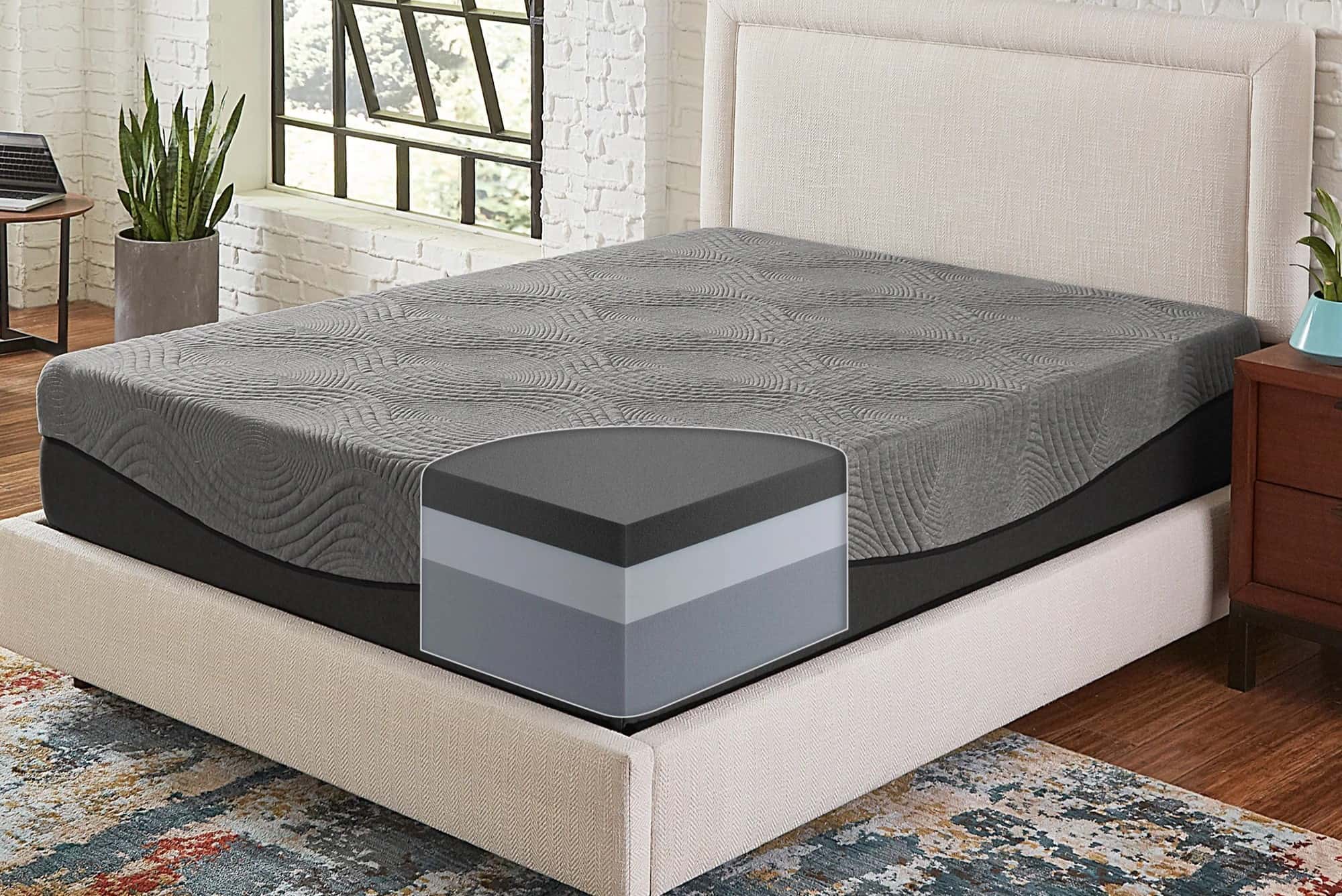

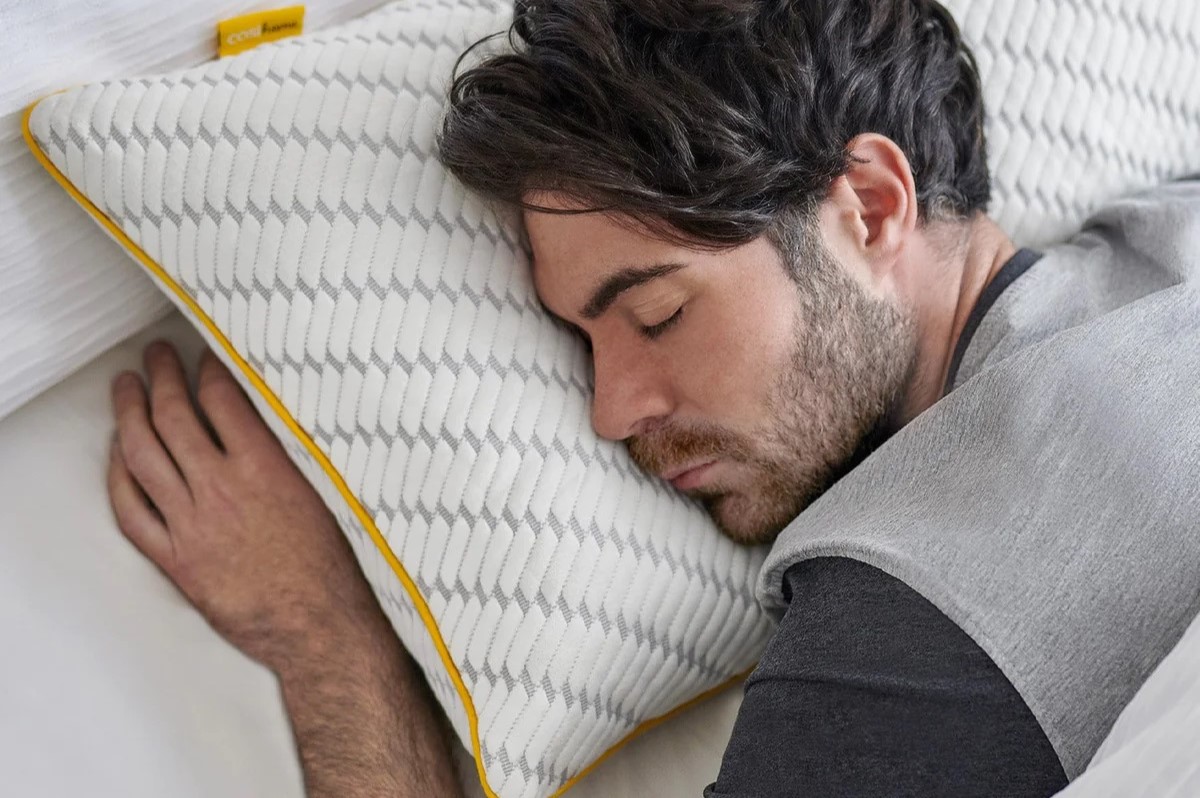
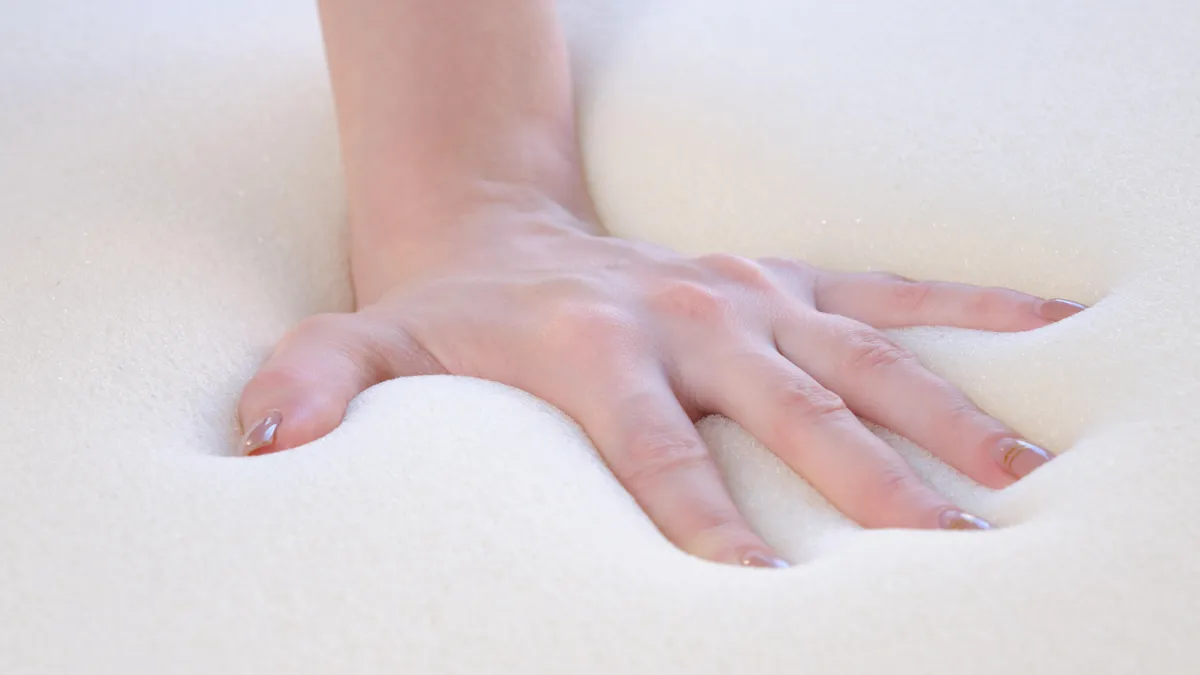
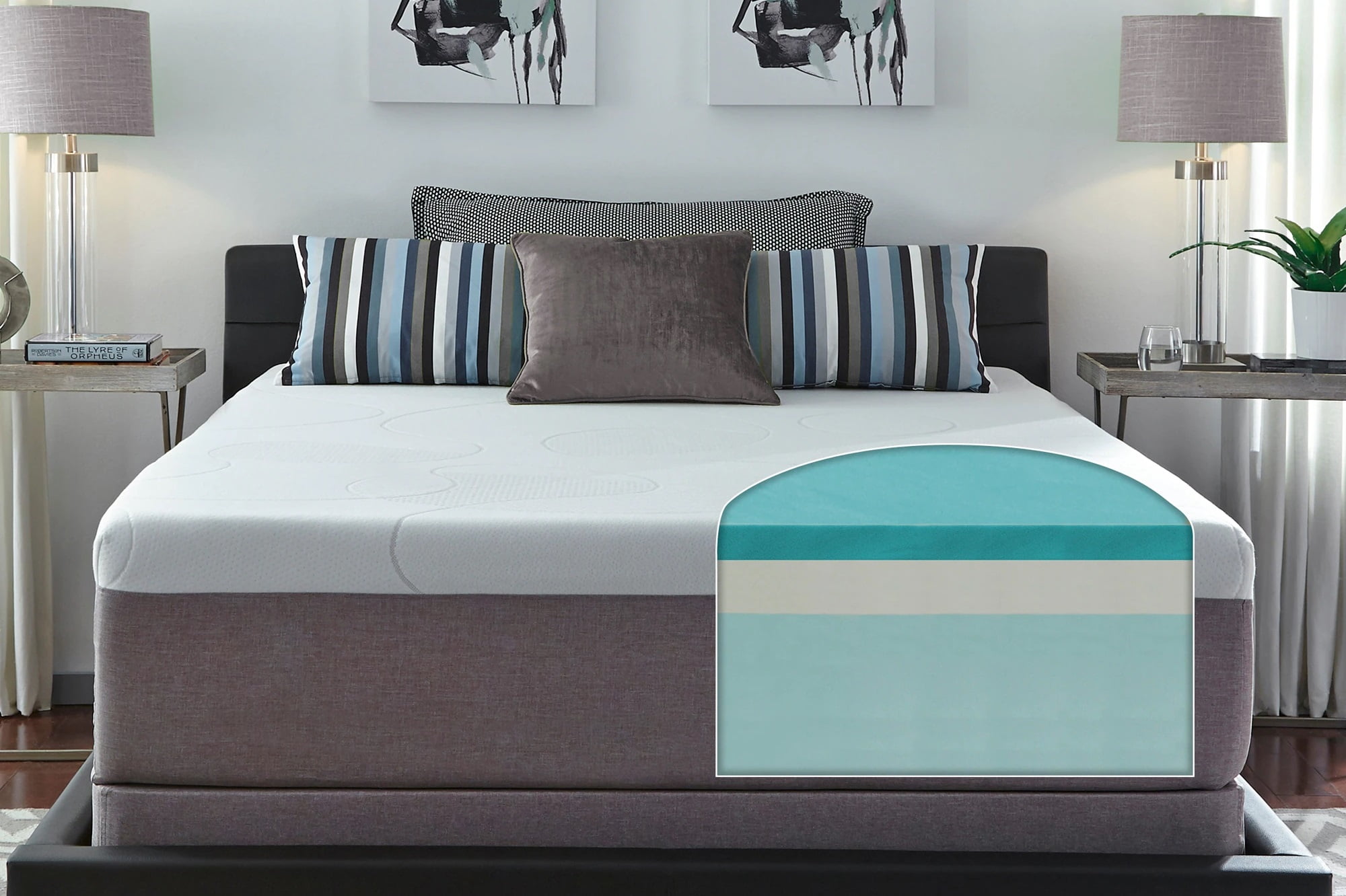
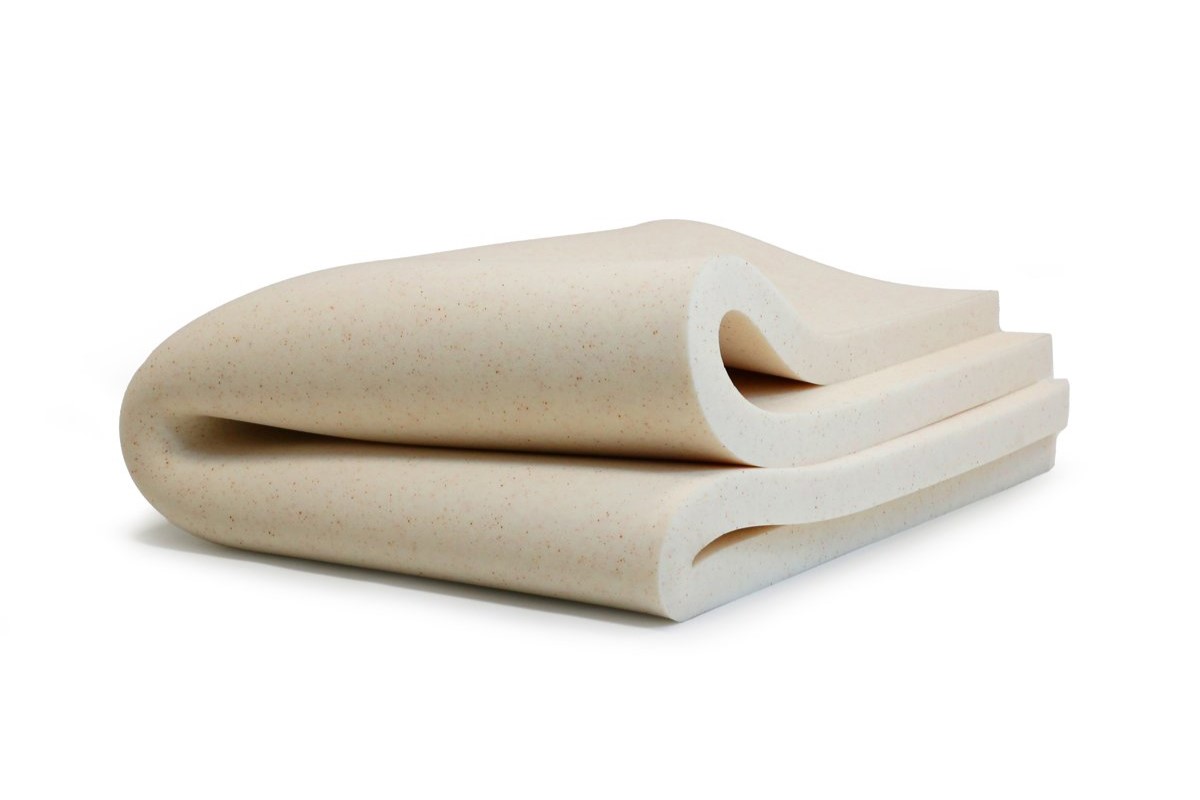
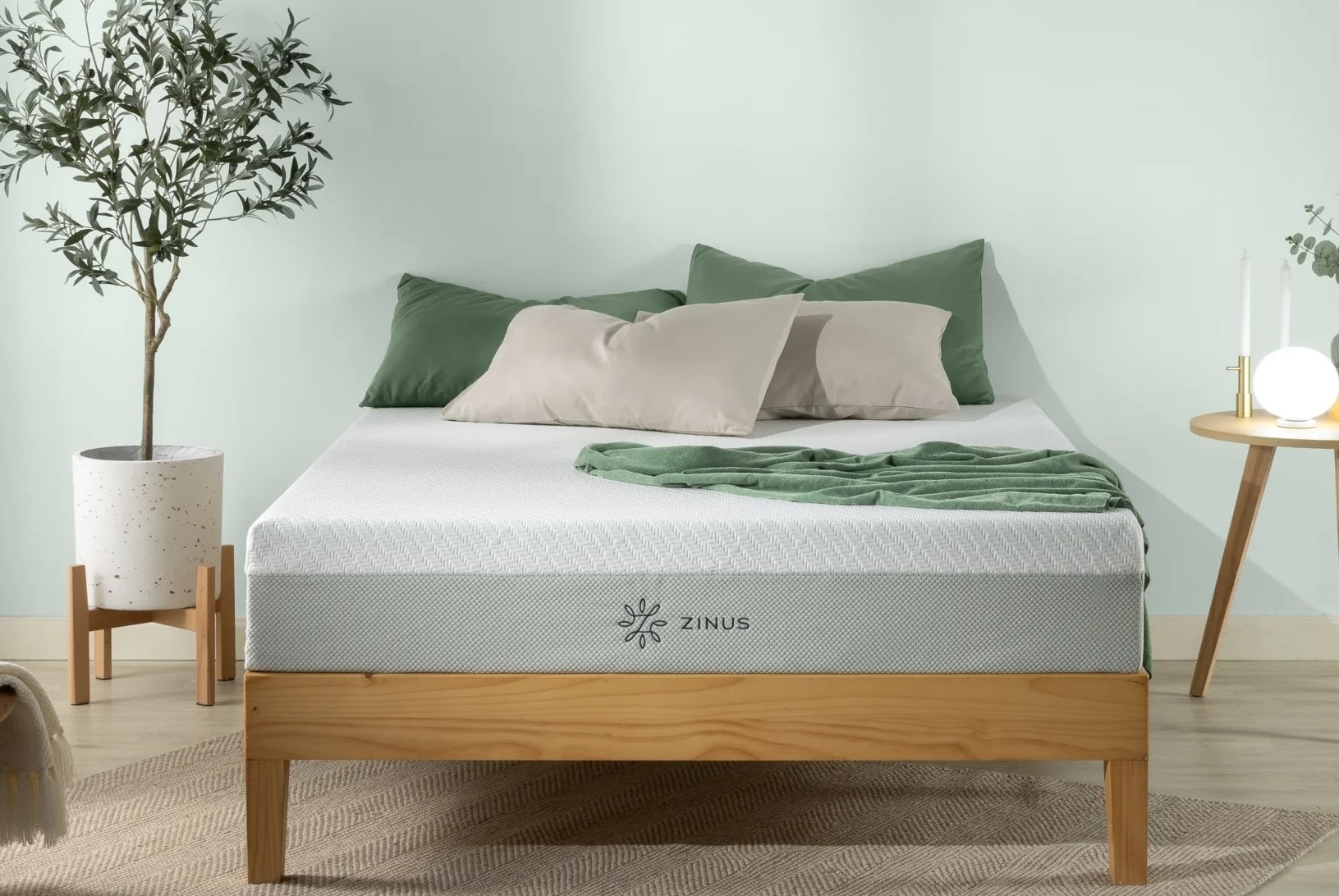
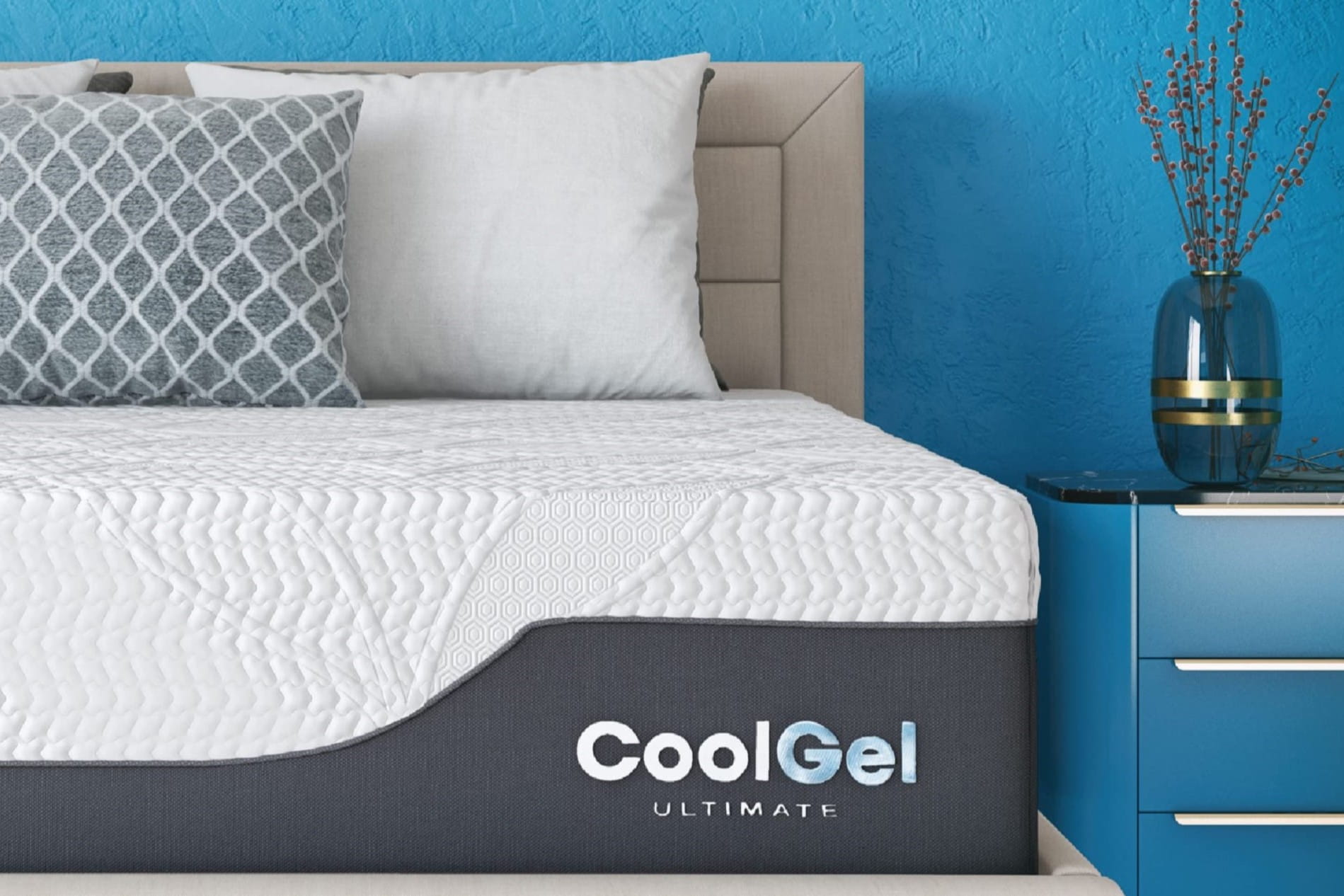
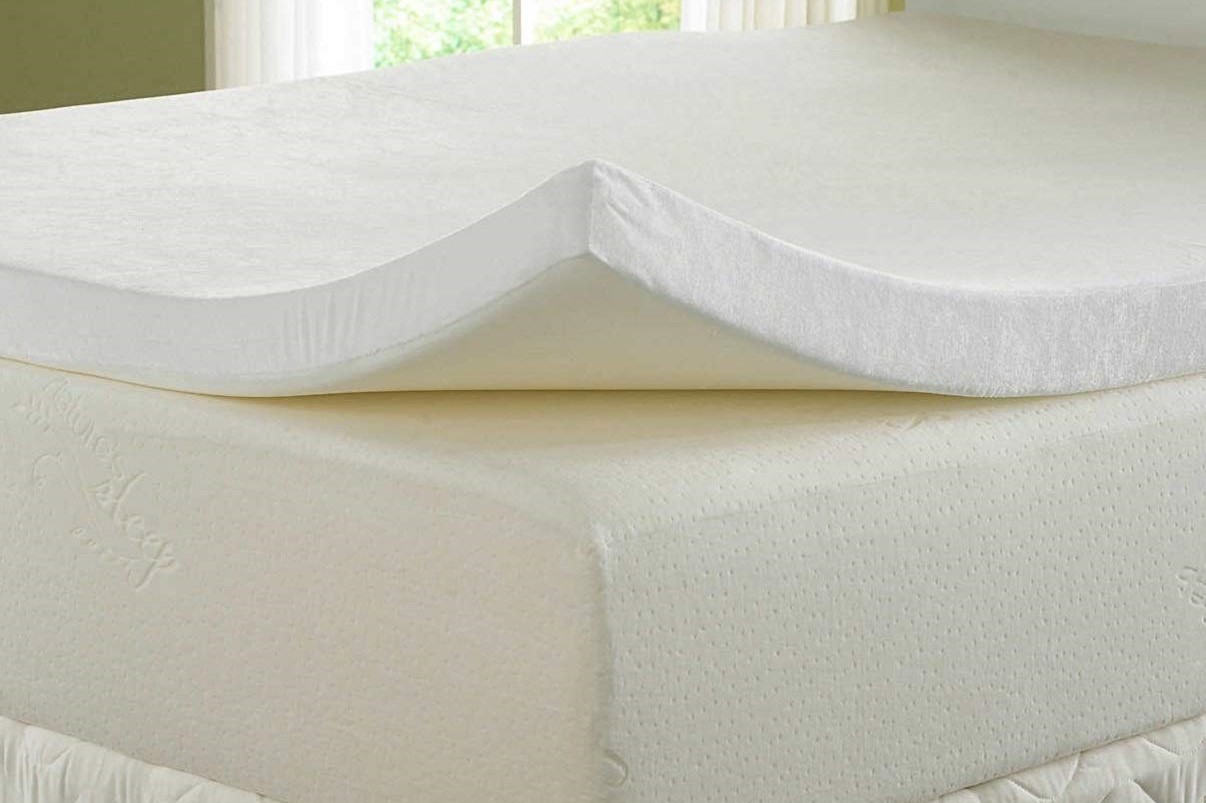
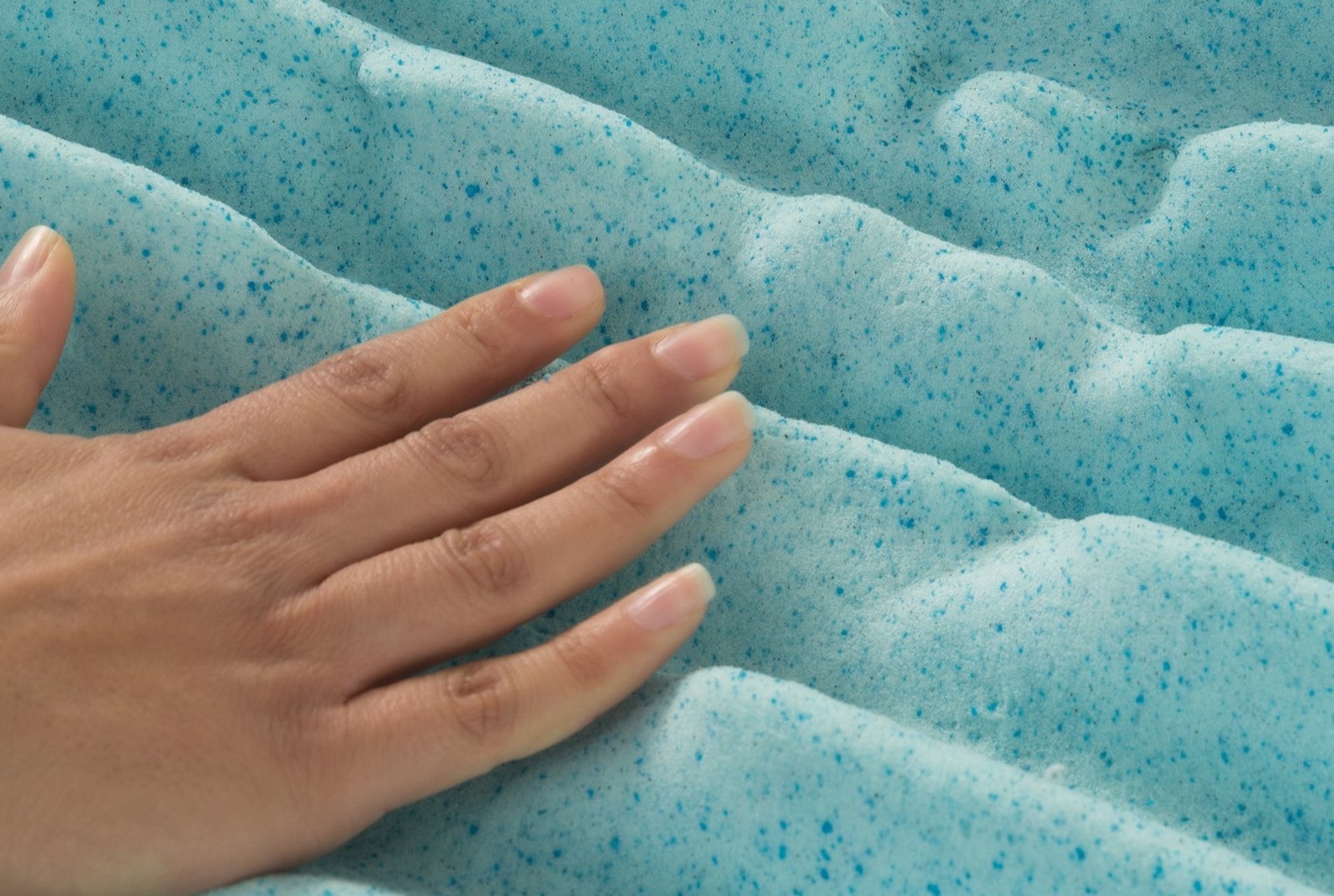
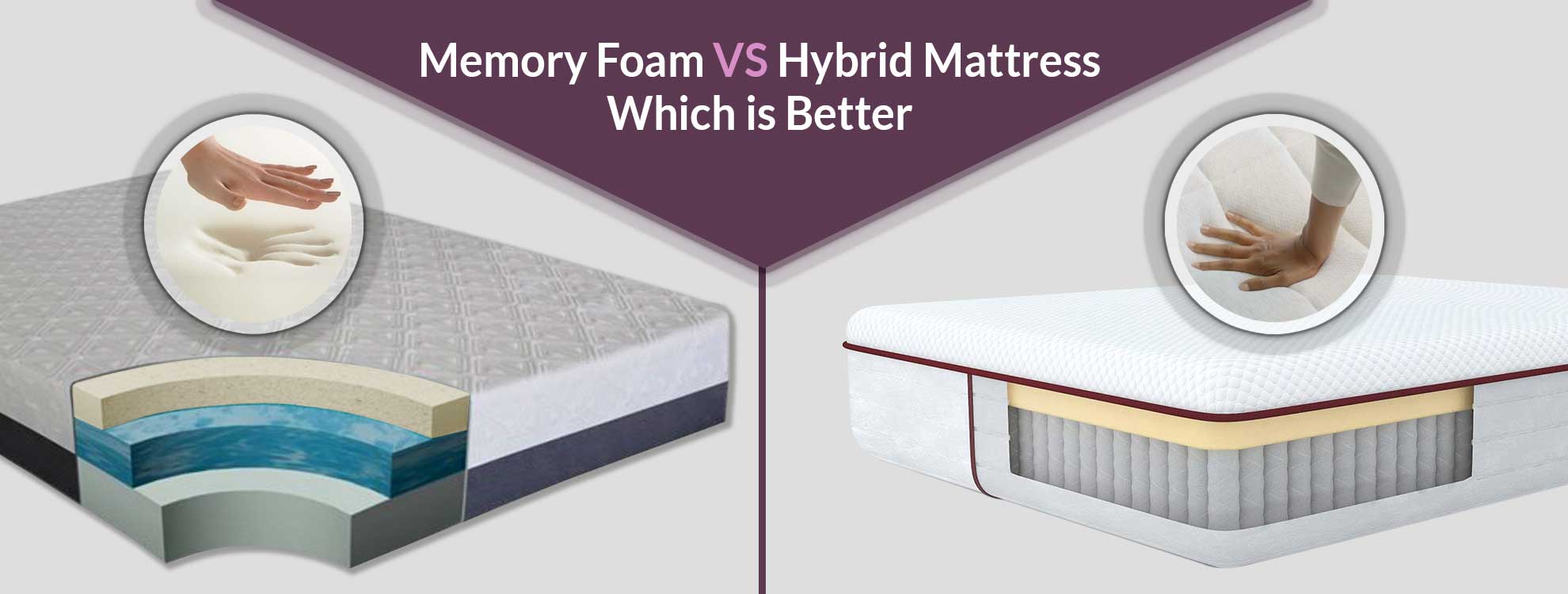
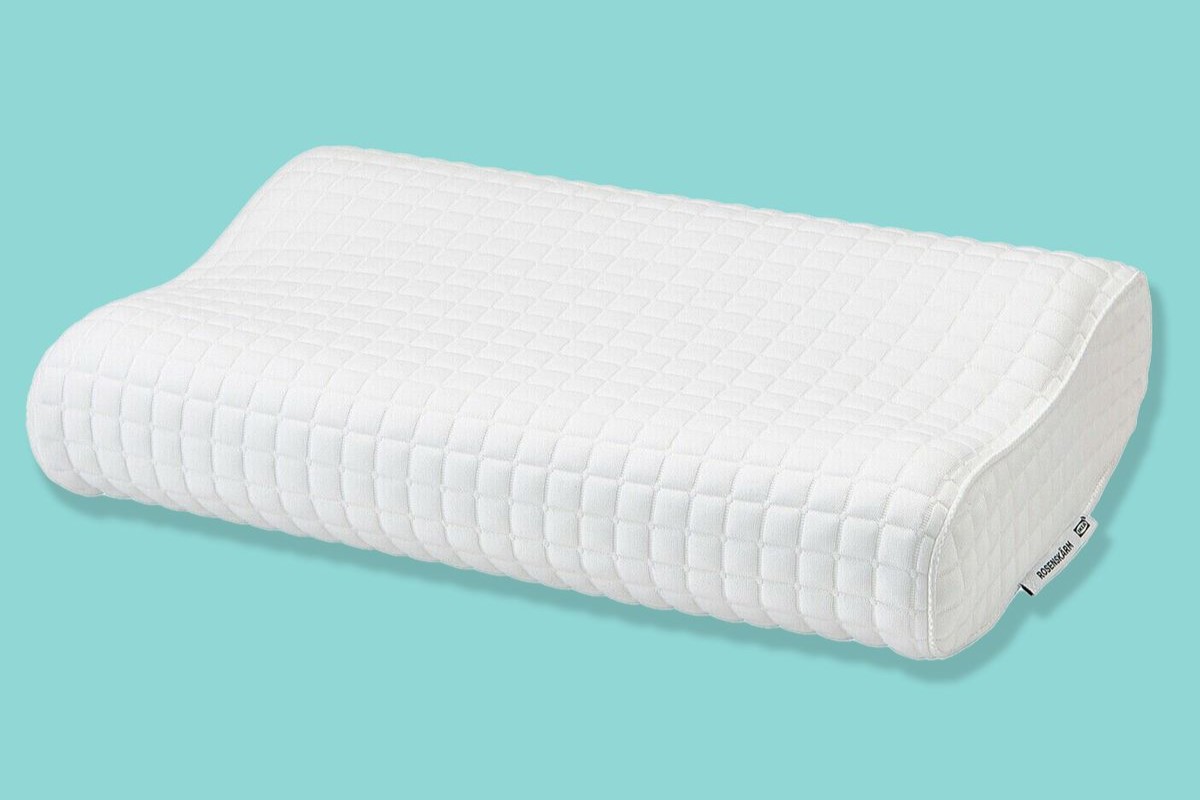

0 thoughts on “What Is Visco Memory Foam”